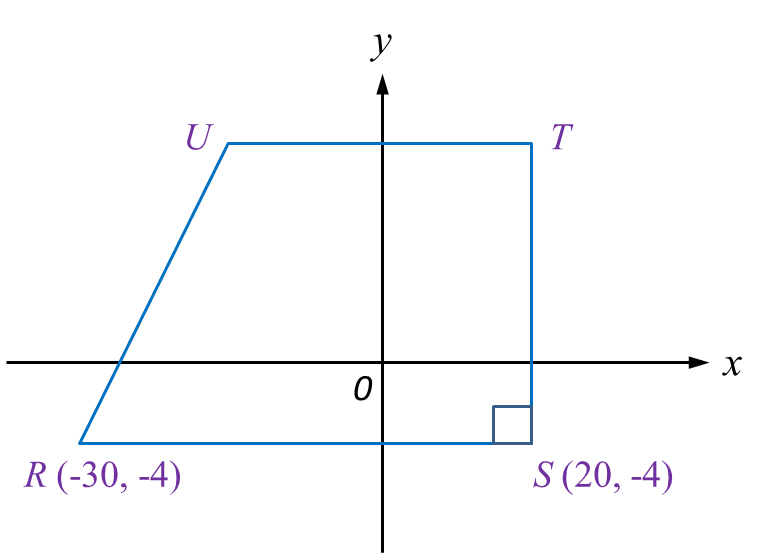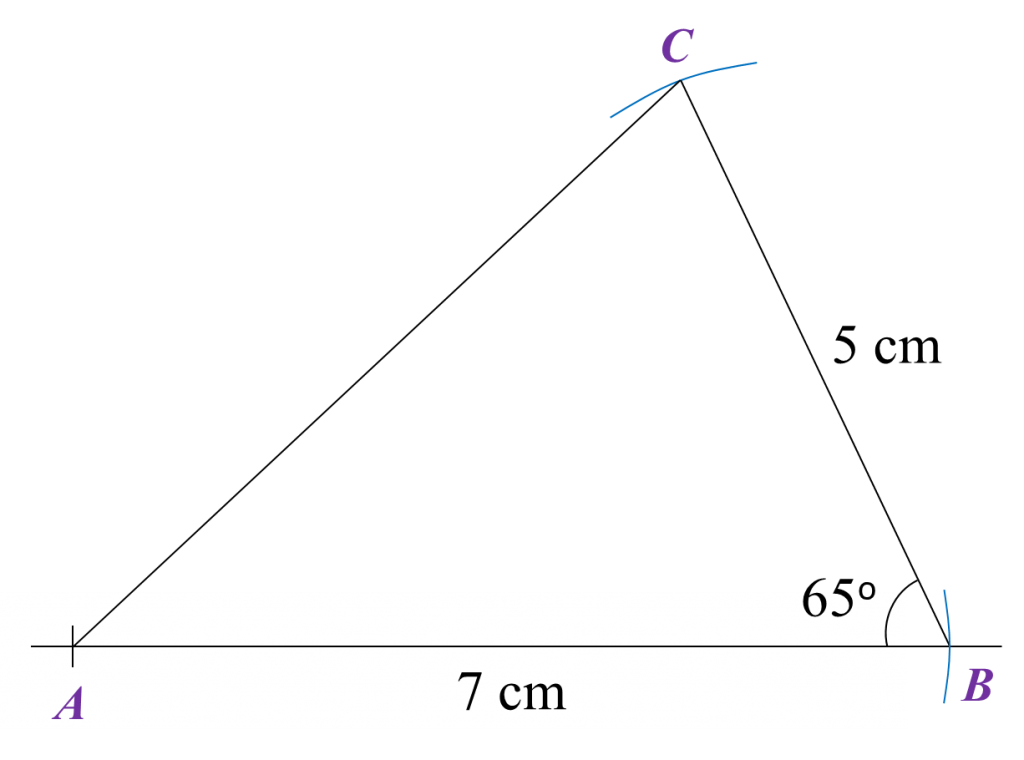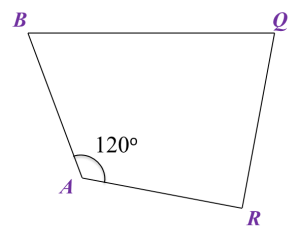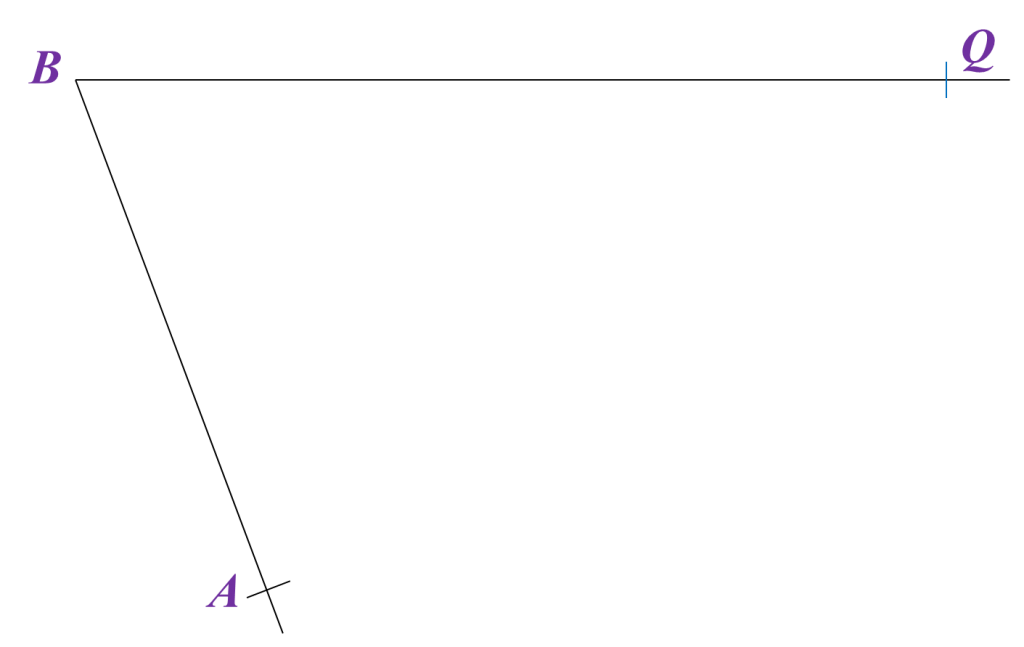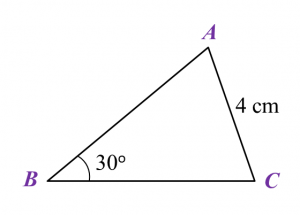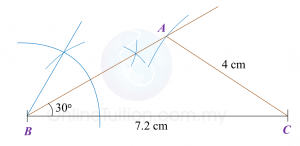10.2.1 Circles I, PT3 Focus Practice
Question 1:
Diagram below shows a circle with centre O.
The radius of the circle is 35 cm.
Calculate the length, in cm, of the major arc AB.
Solution:
Angle of the major arc AB = 360o – 144o= 216o
Question 2:
In diagram below, O is the centre of the circle. SPQ and POQ are straight lines.
The length of PO is 8 cm and the length of POQ is 18 cm.
Calculate the length, in cm, of SPT.
Solution:
Radius = 18 – 8 = 10 cm
PT2 = 102 – 82
= 100 – 64
= 36
PT = 6 cm
Length of SPT = 6 + 6
= 12 cm
Question 3:
Diagram below shows two circles. The bigger circle has a radius of 14 cm with its centre at O.
The smaller circle passes through O and touches the bigger circle.
Calculate the area of the shaded region.
Solution:
Question 4:
Diagram below shows two sectors. ABCD is a quadrant and BED is an arc of a circle with centre C.
Calculate the area of the shaded region, in cm2.
Solution:
Question 5:
Diagram below shows a square KLMN. KPN is a semicircle with centre O.


Calculate the perimeter, in cm, of the shaded region.
Solution:
Perimeter of the shaded region
= KL + LM + MN + NP + Arc length PK
= 14 + 14 +14 + 9.90 + 11
= 62.90 cm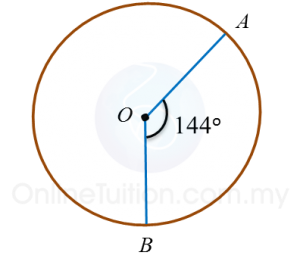
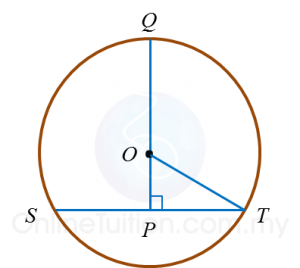
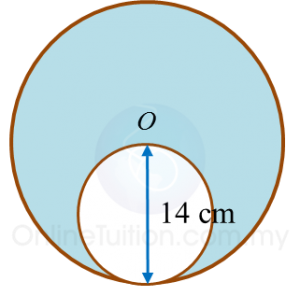
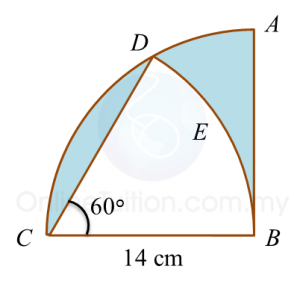


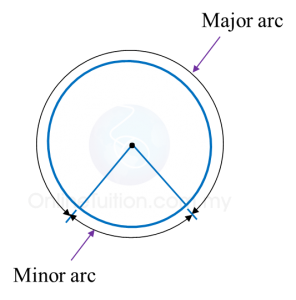
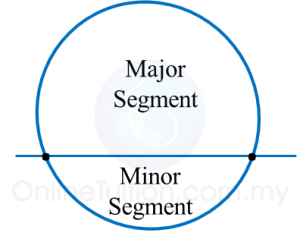
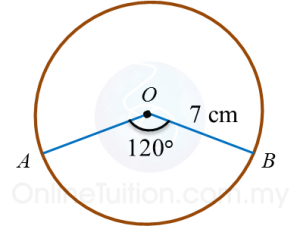
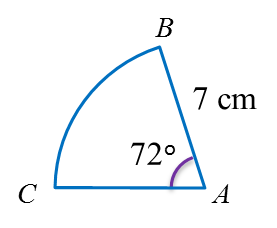

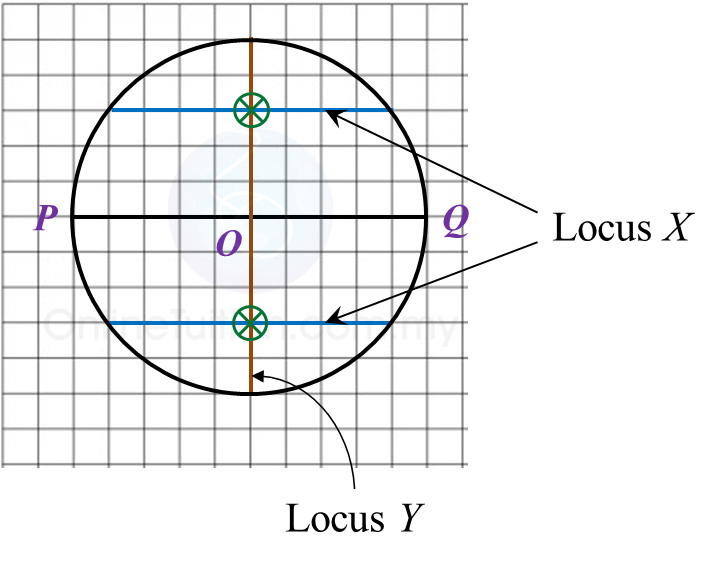

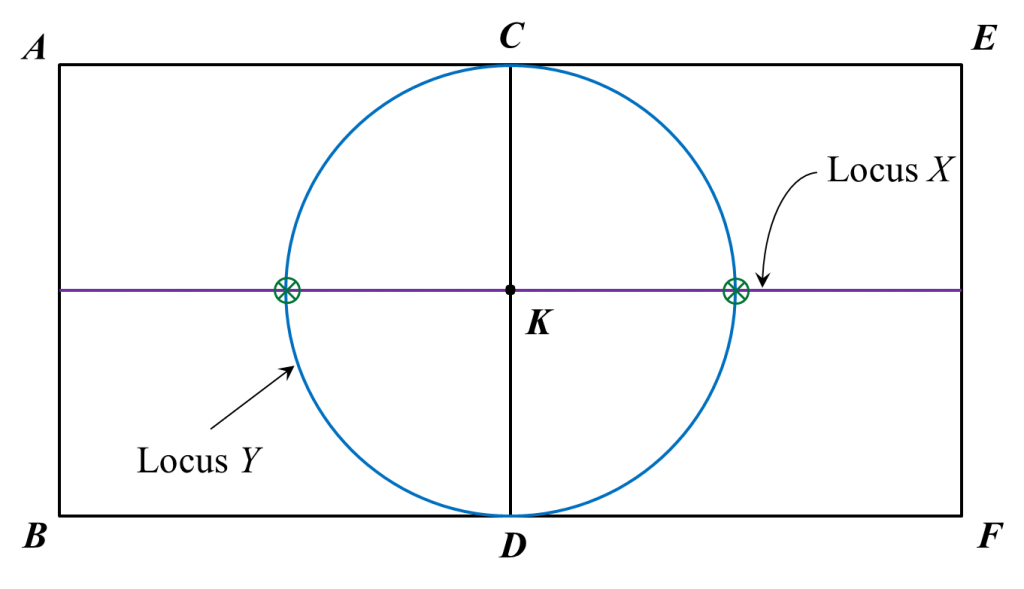
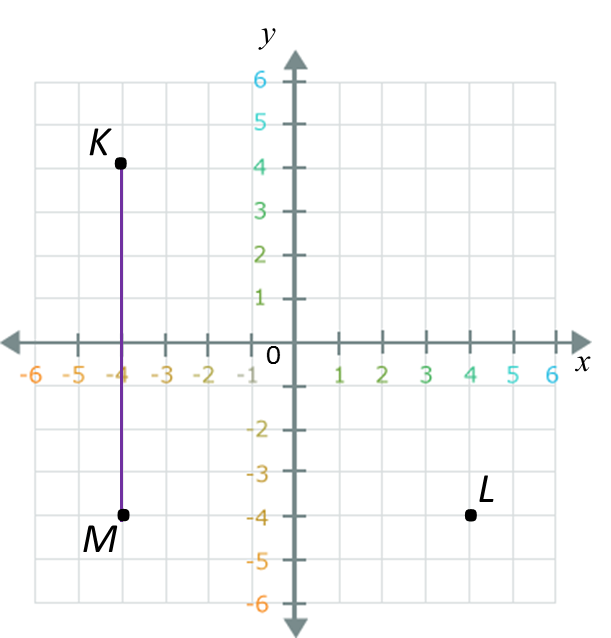

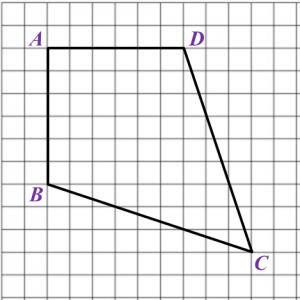
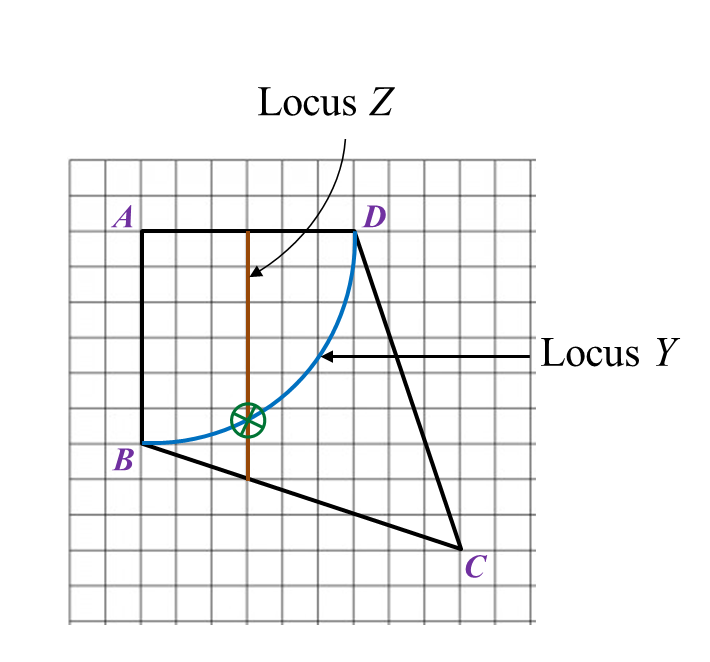
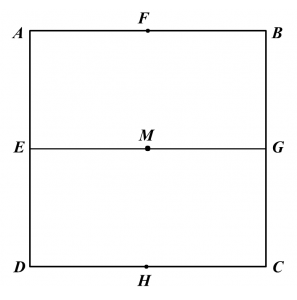
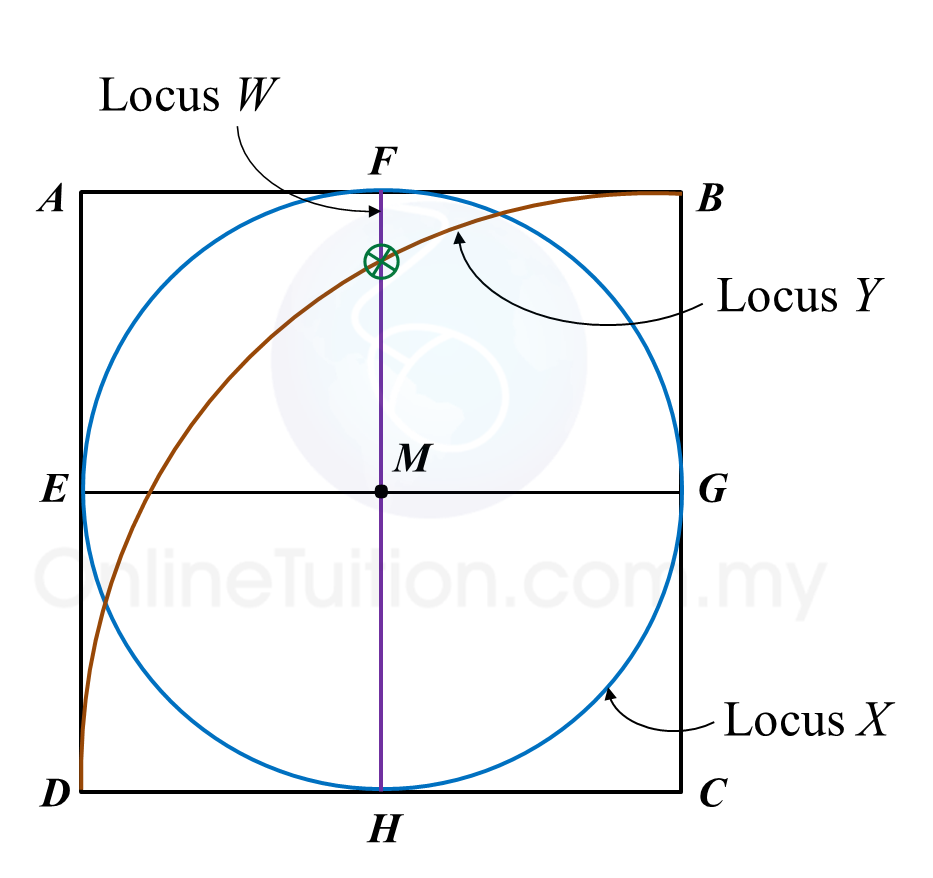
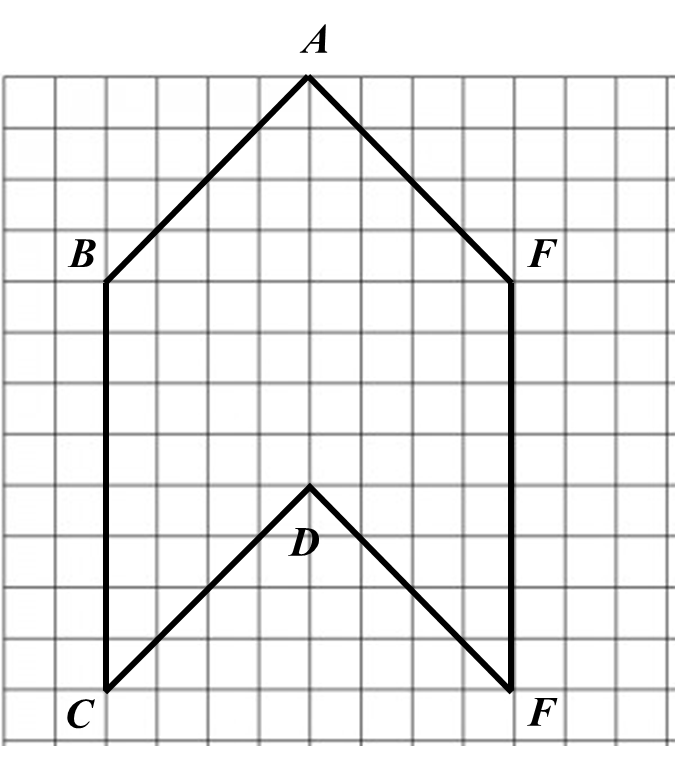

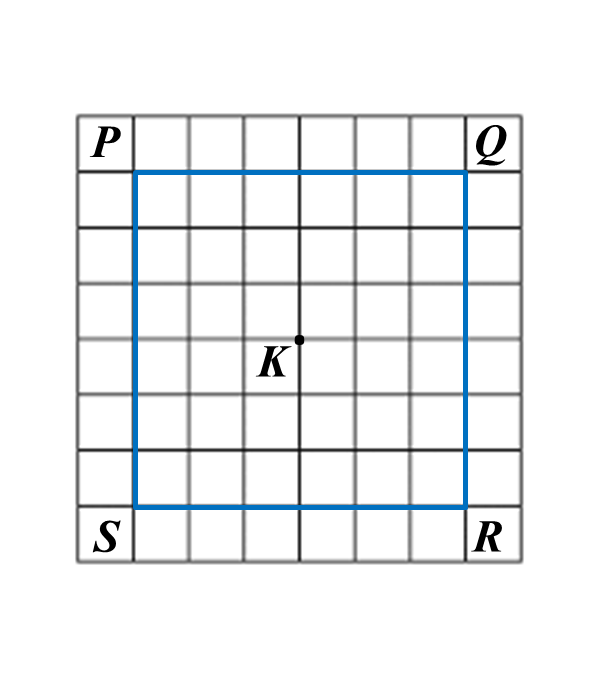
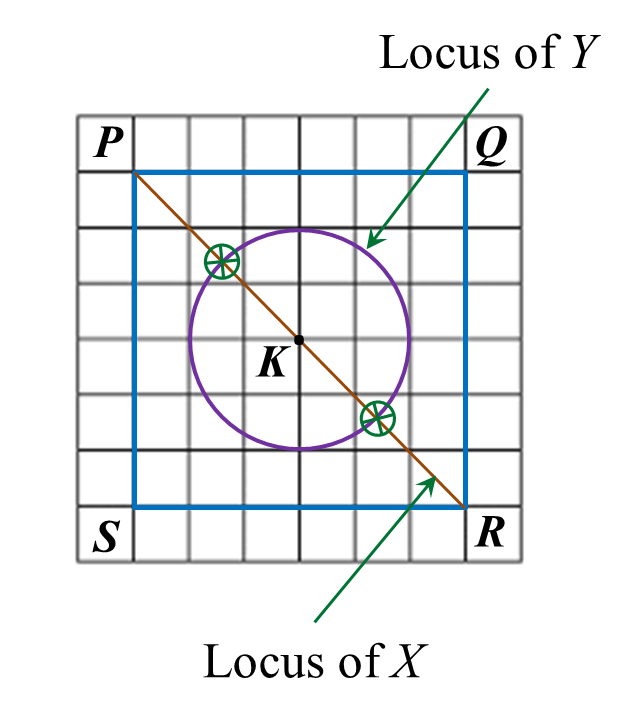

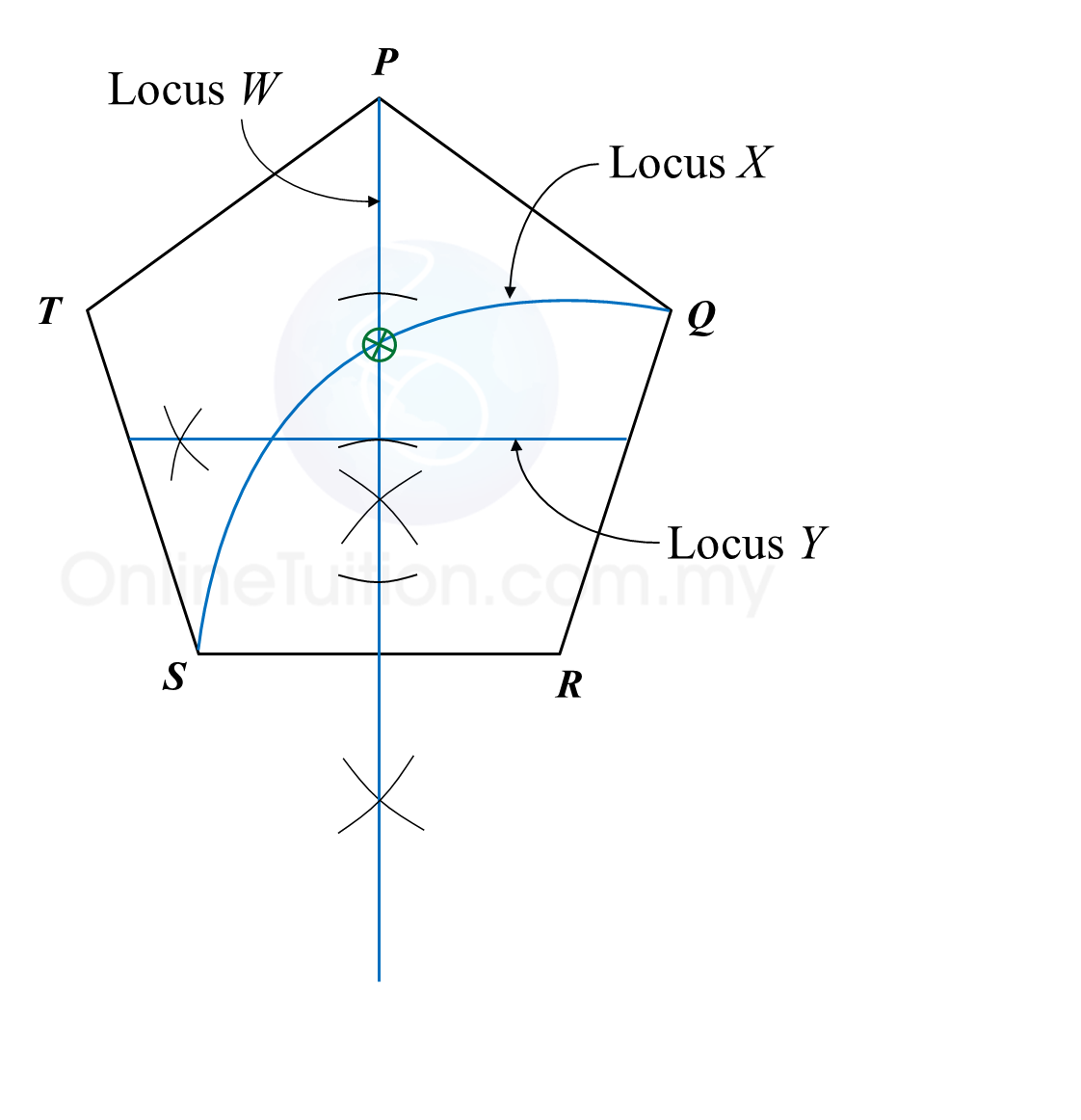
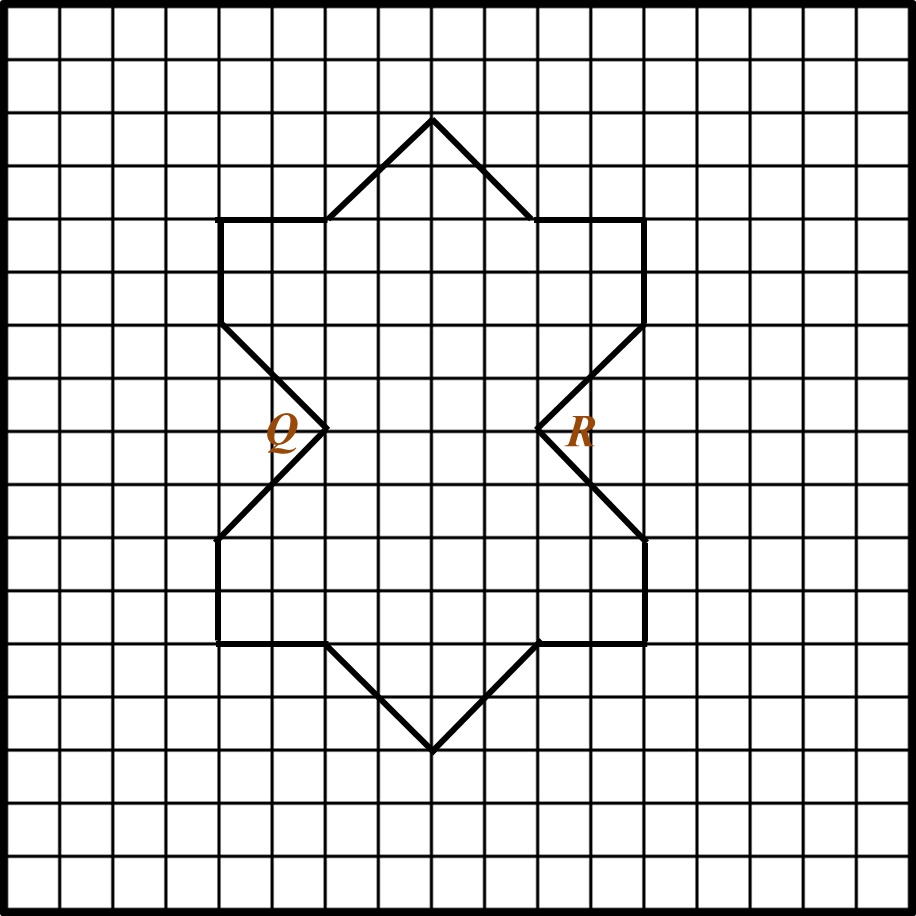

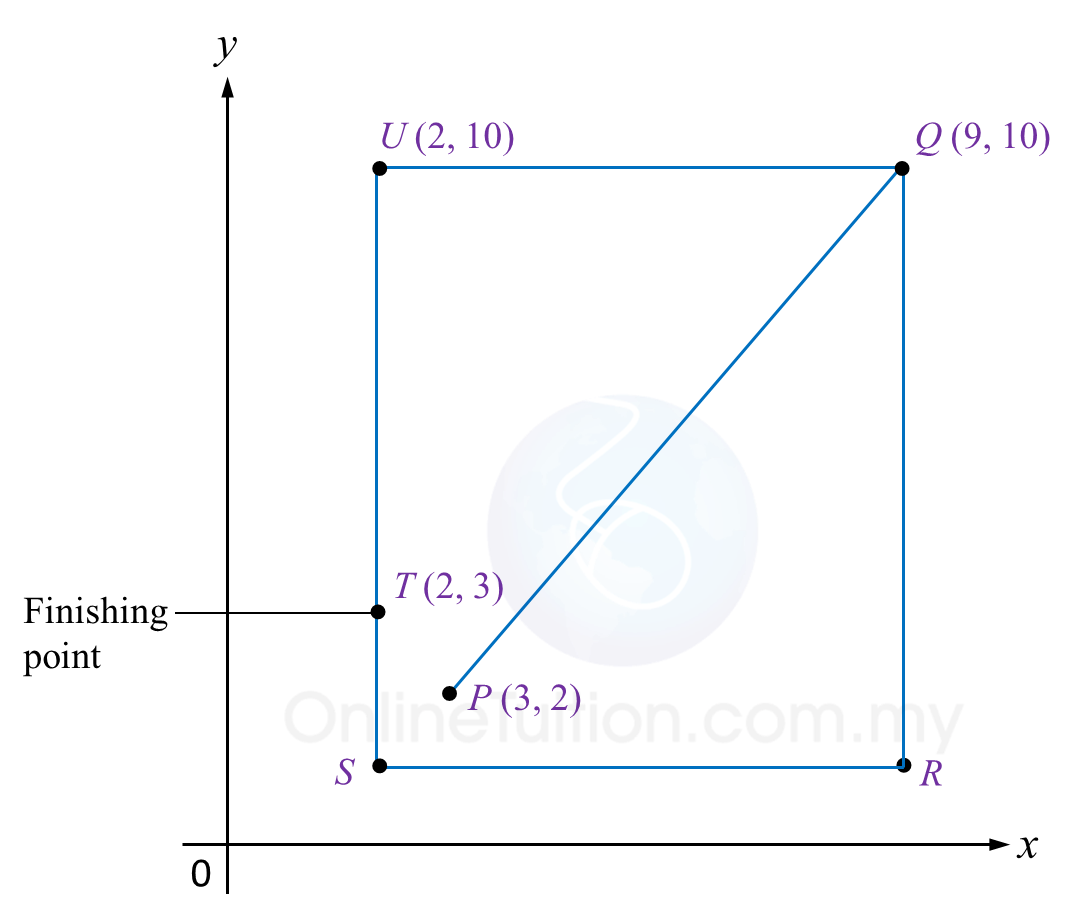 The route of male participants is PQUT while the route for female participants is QRST. QR is parallel to UT whereas UQ is parallel to SR.
The route of male participants is PQUT while the route for female participants is QRST. QR is parallel to UT whereas UQ is parallel to SR.